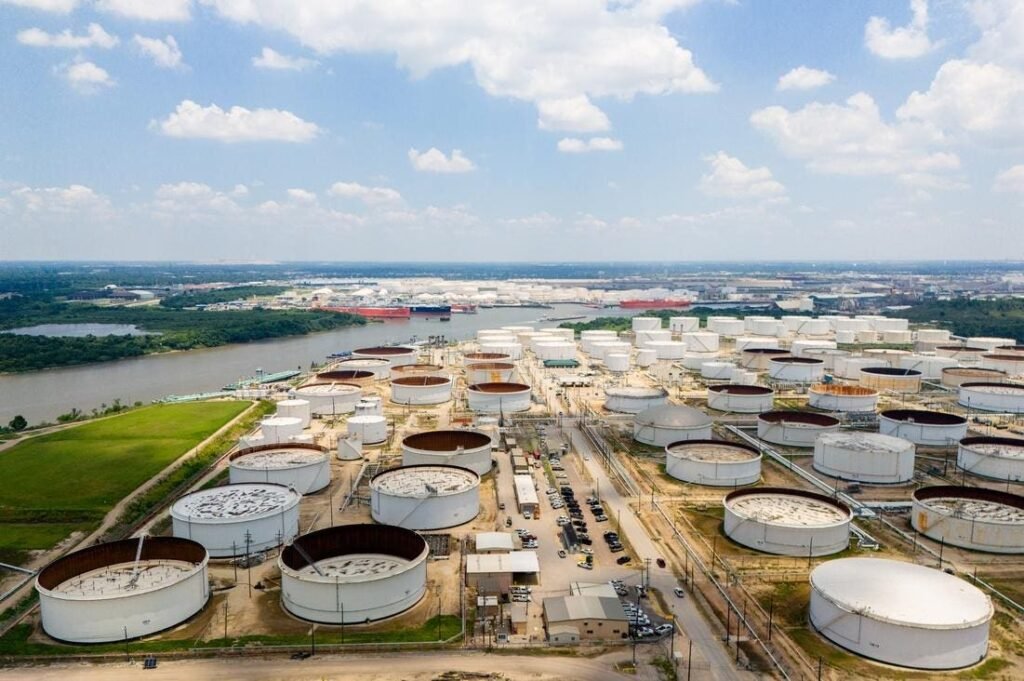The oil market is experiencing a second successive weekly loss, with uncertainty continuing to prevail even after a global cyber outage and U.S. President Joe Biden’s withdrawal from the election. The lack of clarity on global demand growth is a key factor dragging oil prices lower, with conflicting forecasts from OPEC and the IEA. OPEC predicts a rise in global demand, while the IEA anticipates slower growth due to economic factors and vehicle electrification.
Despite the differing forecasts, non-OPEC supply growth could potentially meet demand, leading to a surplus of light sweet crude. The IEA projects strong global supply growth next year, with non-OPEC output increasing by 1.5 million bpd, mainly driven by the U.S., Canada, Guyana, and Brazil. Market surplus projections have been supported by Morgan Stanley, with analysts predicting a return to market equilibrium in the fourth quarter of this year.
Analysts at Morgan Stanley expect OPEC and non-OPEC supply growth to reach around 2.5 million bpd in 2025, potentially leading to a surplus as demand growth forecasts fall short. OPEC’s Joint Ministerial Monitoring Committee is not expected to recommend any changes to the group’s current production policy plan in their next meeting in August. This could further contribute to lower Brent crude prices by the end of this year and the first quarter of 2025, given the typical patterns of global refinery runs.
Brent futures remain in technical backwardation, with prices for contracts from January to May 2025 trading below $80 per barrel. Futures traders are anticipating lower prices in the months following the current front-month contract. Barring major economic or geopolitical shifts, Brent prices may likely range from $75 to $80 per barrel in the first half of 2025. The current market outlook, influenced by demand growth forecasts, supply projections, and OPEC’s production policies, indicates a challenging period ahead for the oil market.












